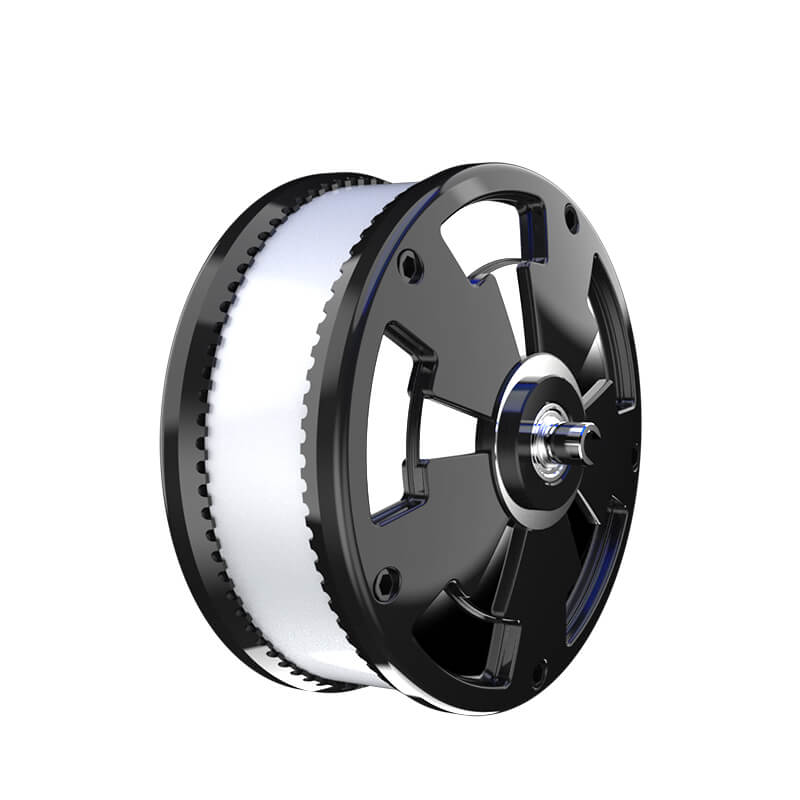Imagine you're building a digital storefront. Your goal? Fast, reliable, scalable. Now, the choices are everywhere—do you go for REST API or microservice architecture? Both sound fancy, but the real question is, which one actually fits your needs?

Let's start with REST API. Think of it like a menu at a restaurant. You have a set of pre-defined options, and when you order, the kitchen delivers exactly that. It's straightforward, easy to understand, and works well for many standard applications. If your app interacts mainly through a few key functions, REST is solid. It’s simple to develop and quick to deploy, making it perfect for projects where speed matters but complexity remains low.
Now, what about microservices? You can picture a city rather than a single building. Each neighborhood has its own vibe, its own small businesses. That’s what microservices bring to the table. They break down your app into tiny, independent parts—each handling a specific function. Need to add new features? Just develop a new microservice without disturbing the whole system. Want to scale a particular feature? Just launch more instances of that microservice. It’s a flexible approach for complex, evolving platforms.
But wait—doesn’t microservice architecture come with headaches? Managing many moving parts, ensuring they talk to each other smoothly, can be tricky. Deployment gets more complex, and debugging? Imagine trying to find a needle in a haystack when your haystack is bursting with micro-haystacks. So, if your project is small or straightforward, going micro might be overkill. For giant, multi-feature platforms that need to grow fast and handle lots of traffic, microservices shine.
Here's a question that often pops up: Can you combine both? Absolutely. Many big companies do. They use REST APIs internally to connect their microservices. For example, one microservice might handle user login, another manages payments, and they all communicate through APIs. It’s like having a well-organzied, modular city with roads connecting each neighborhood neatly—easy to navigate and expand.
Think about maintenance. REST APIs are like updating your website’s menu; quick and simple, but if you want new features, it might mean altering a lot of code. Microservices? They let you tweak one building without knocking down the entire block. More flexibility, but with a price—more complexity from an operational standpoint.
To sum it up, if you’re after quick, straightforward solutions, REST API is your friend. But if your system demands flexibility, scalability, and resilience, microservices are the way to go. It’s all about knowing what your project needs now and where you want it to go tomorrow. Whatever route you pick, just remember—both are tools, not magic bullets. The real trick is understanding how they fit into your overall plan.
Established in 2005, Kpower has been dedicated to a professional compact motion unit manufacturer, headquartered in Dongguan, Guangdong Province, China. Leveraging innovations in modular drive technology, Kpower integrates high-performance motors, precision reducers, and multi-protocol control systems to provide efficient and customized smart drive system solutions. Kpower has delivered professional drive system solutions to over 500 enterprise clients globally with products covering various fields such as Smart Home Systems, Automatic Electronics, Robotics, Precision Agriculture, Drones, and Industrial Automation.




































